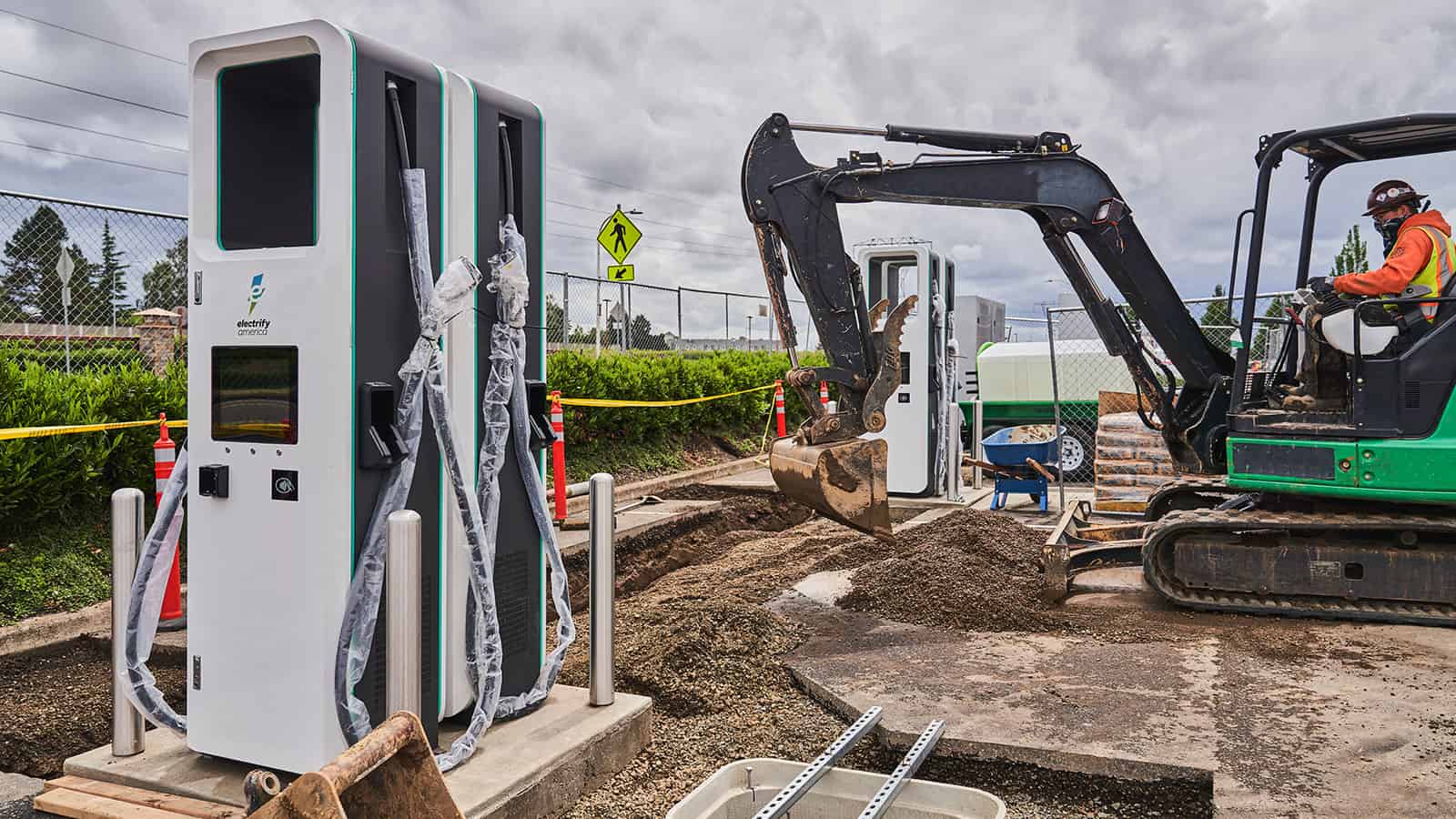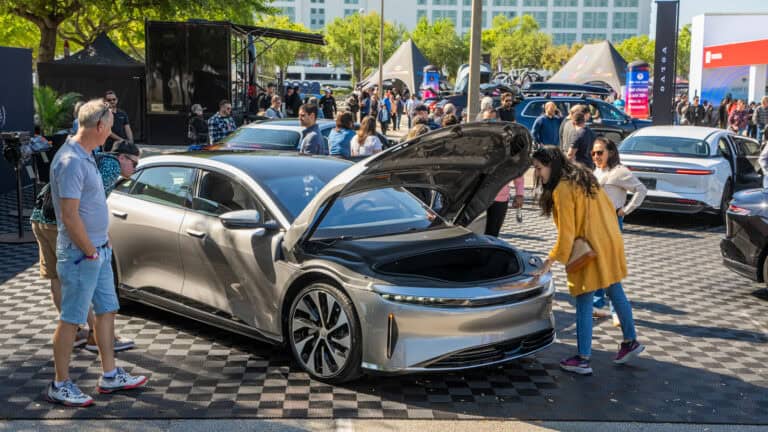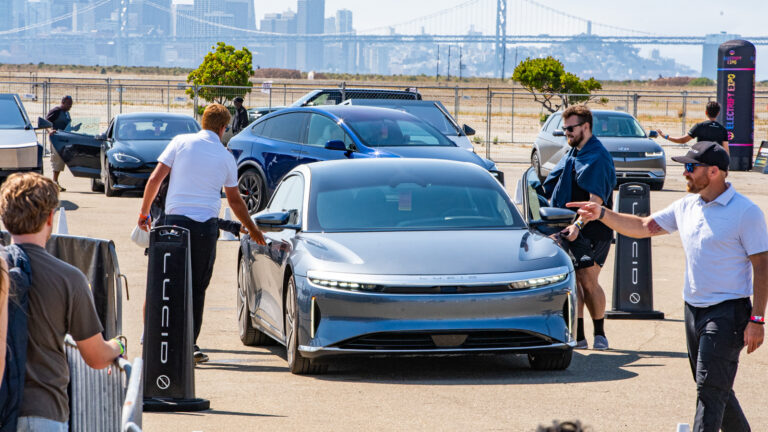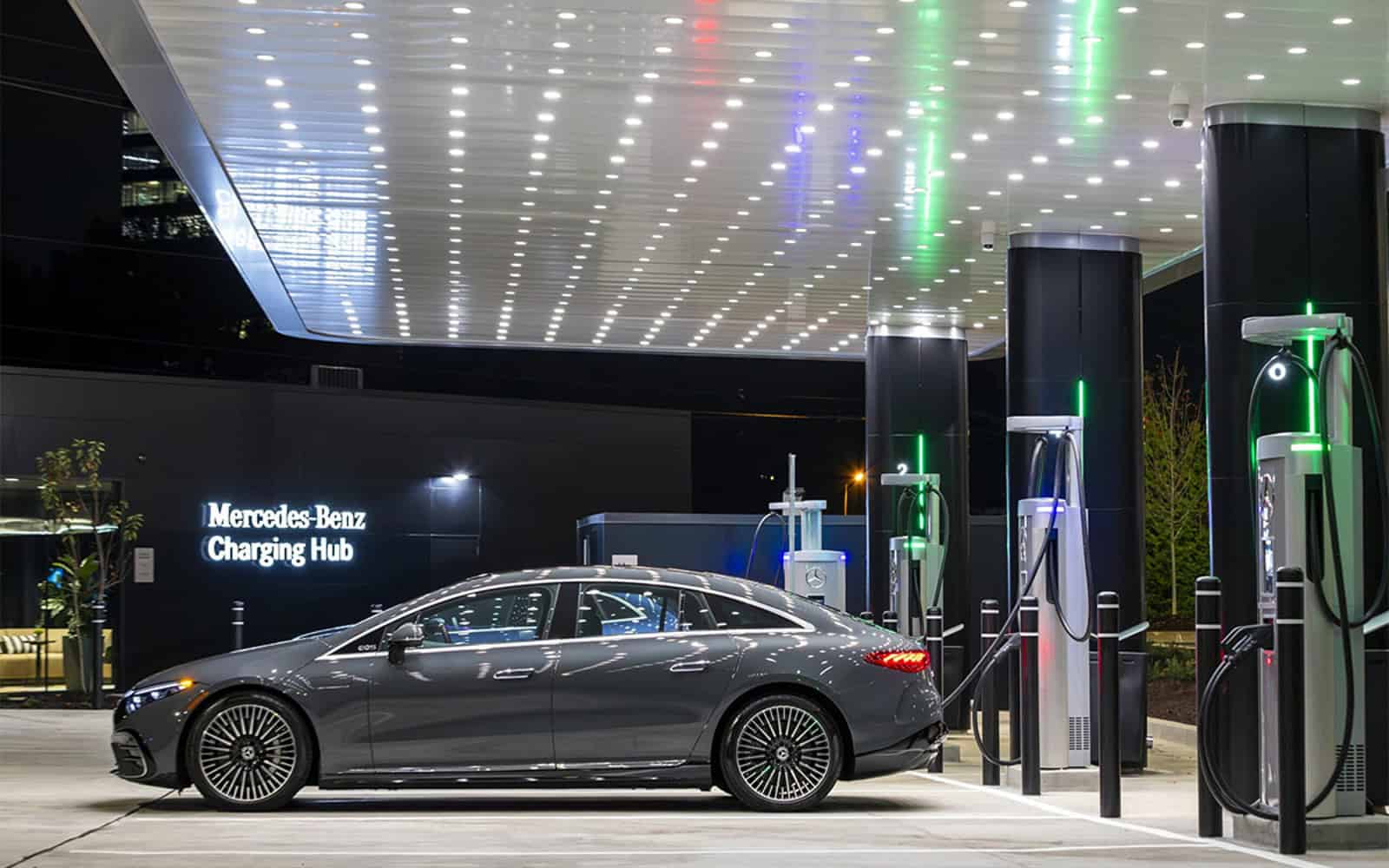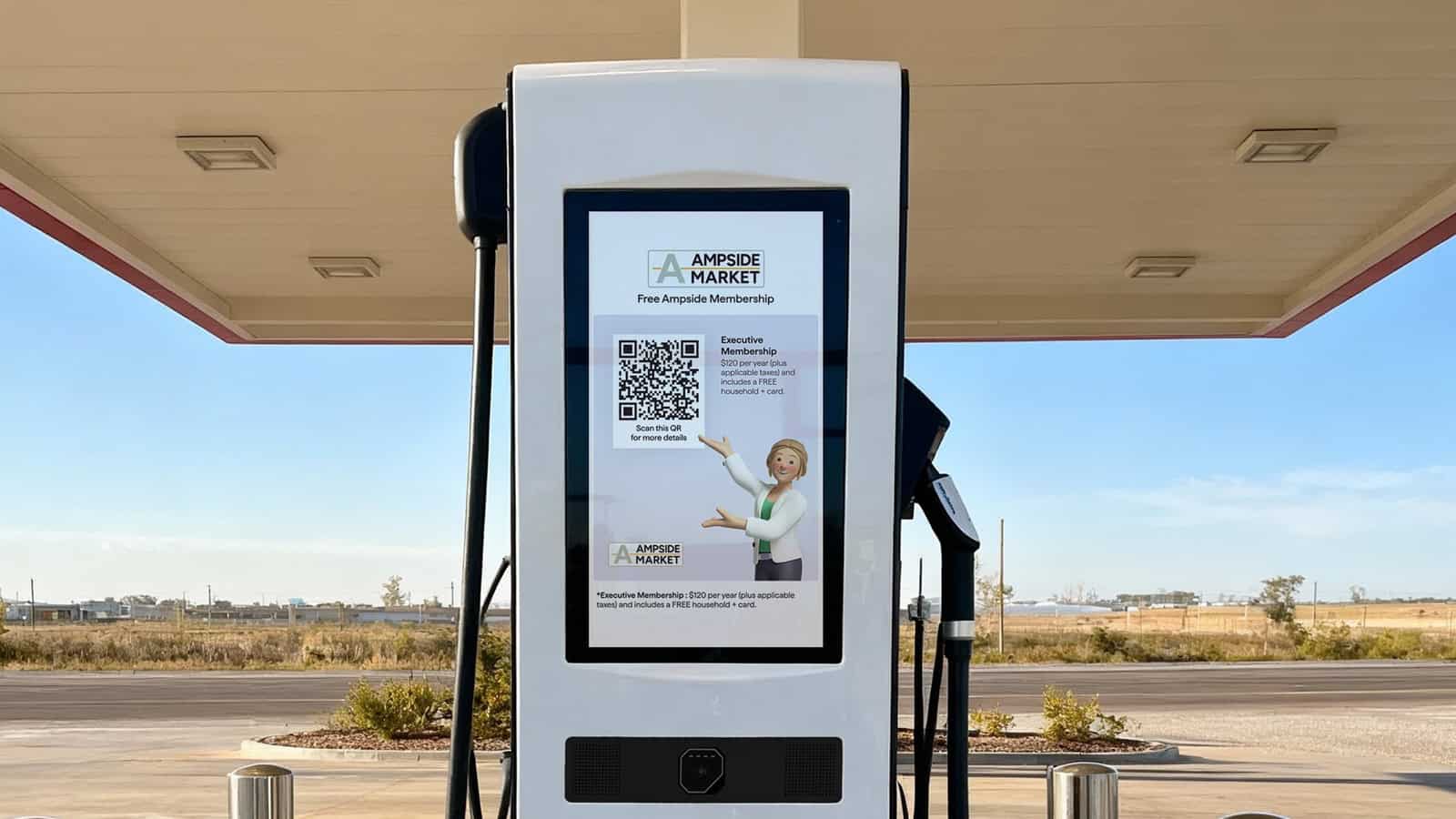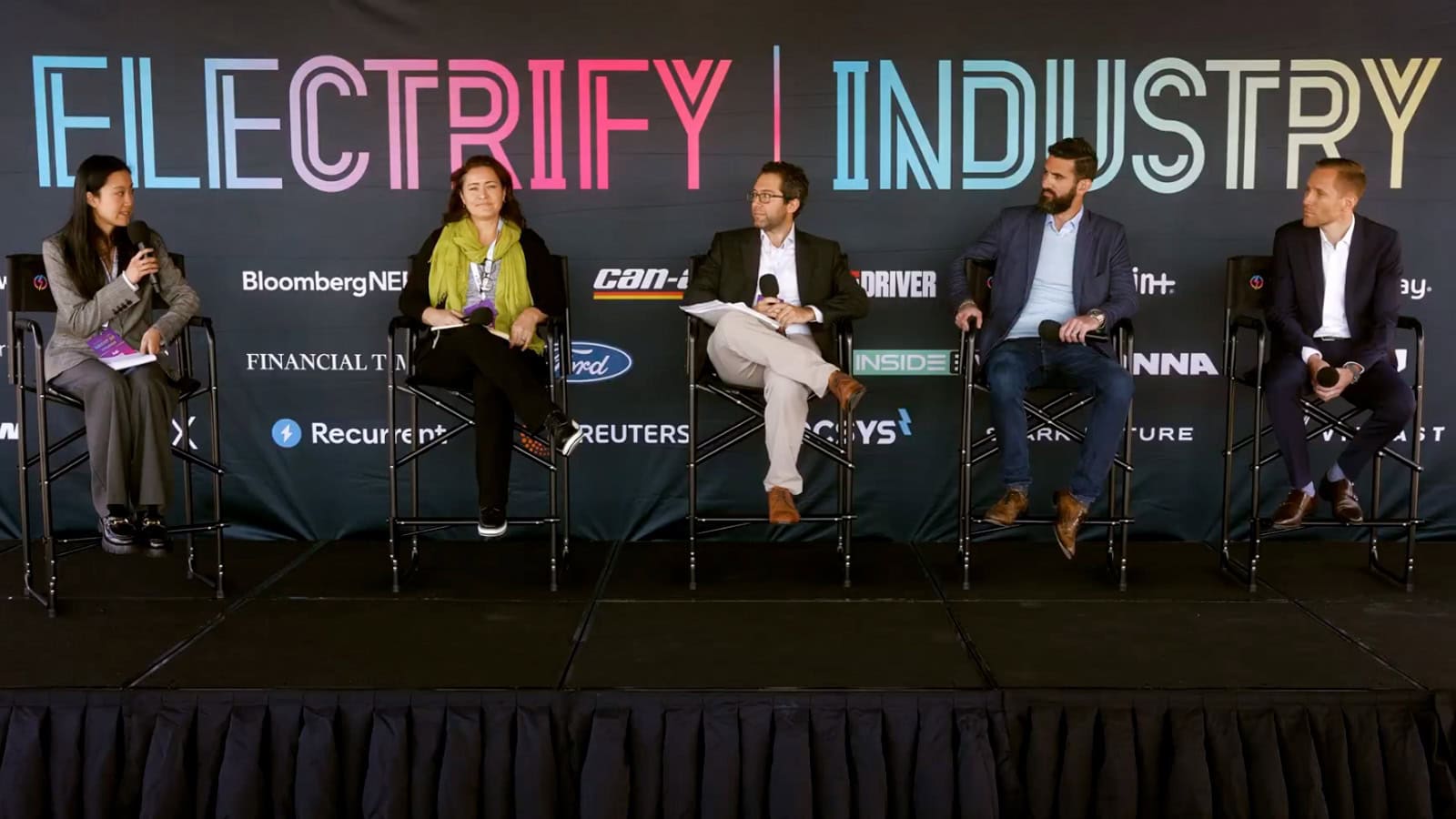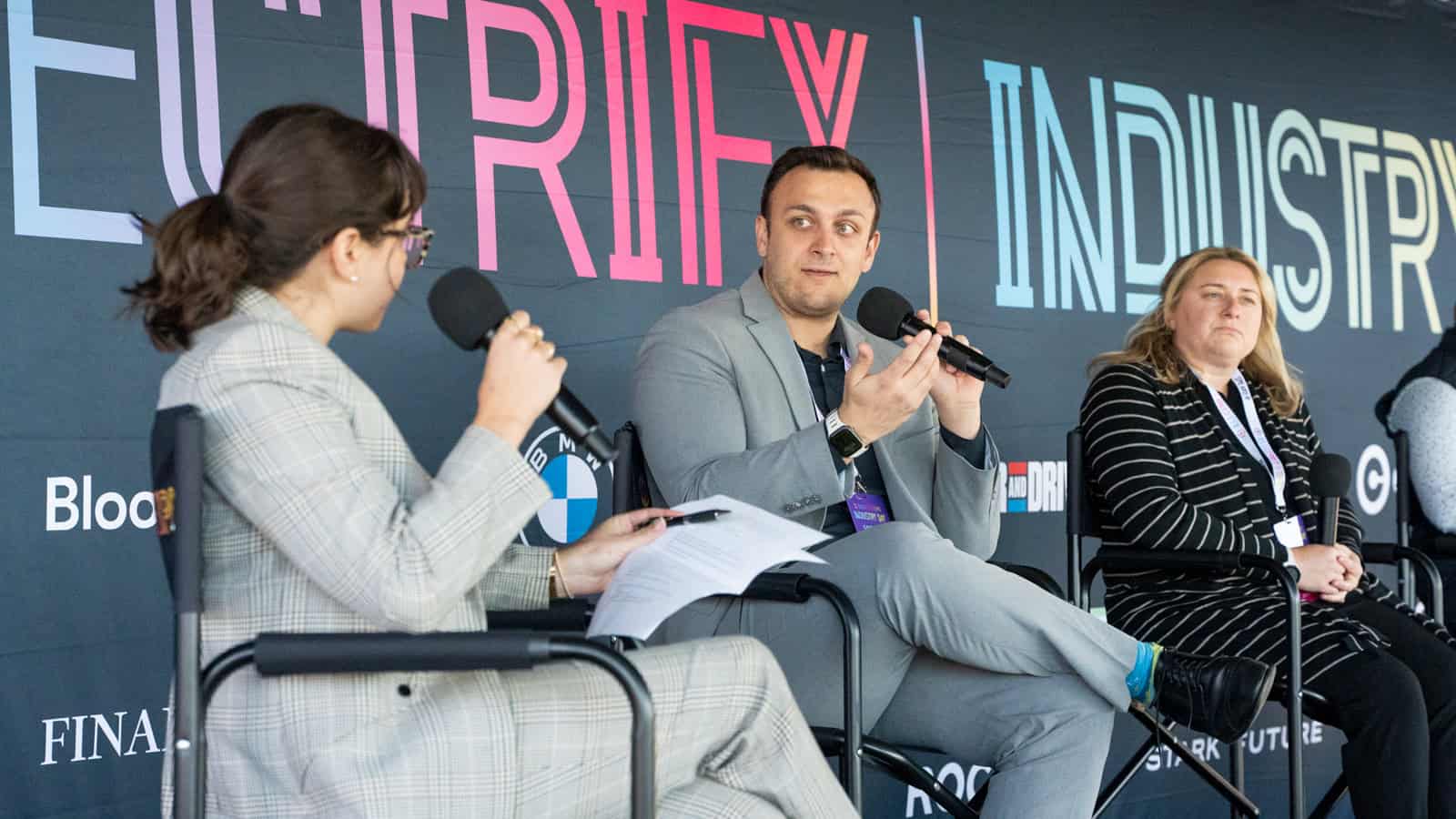- The Biden Administration is working to build a network of 500,000 public EV charging stations.
- The money to fund the repairs comes from the Bipartisan Infrastructure Law.
- Charging station operators must complete an application to receive funding.
For EV drivers, it doesn’t get much worse than arriving at a charging station only to find that it is broken. Fortunately, the US Department of Transportation through the Biden Administration is on a mission to end the irritating reality for EV drivers.
On September 13, the Biden administration released $100 million to repair broken EV chargers. Applications are due by November 13 for charging station administrators to request funding to repair or replace charging stations in the effort to build a fully functional, robust charging network of at least 500,000 public ports by 2030.
Too Many Broken EV Chargers
According to the US Department of Energy’s database of charging stations, approximately 6,300 or 4% of the 151,506 charging ports were not in working order. Charging stations are reported as unavailable for a variety of reasons – often because of power outages or routine maintenance.
Funding to Build a Reliable EV Charging Network
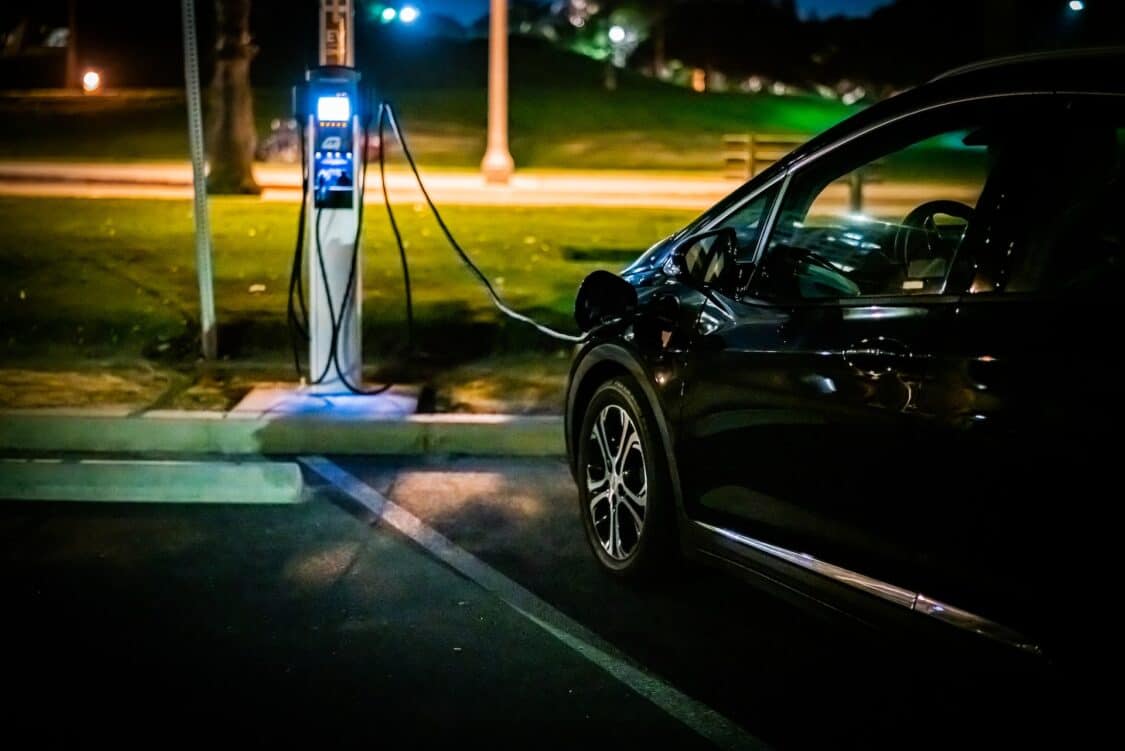
With charging stations at a premium, broken chargers create an issue for EV drivers. Federal Highway Administrator, Shailen Bhatt said, “Charging your electric vehicle should be as easy and convenient as filling up a gas tank — and this investment will make our EV charging network more reliable, full stop.”
The funding for repairs is also open to privately owned chargers, as long as the owners make them available to the public at all times.
The $100 million comes from the Inflation Reduction Act and the Bipartisan Infrastructure Law passed in November 2021. This law made $7.5 billion available to build EV charging infrastructure, and $5 billion of the funding is set aside to build charging stations along interstate highways and in rural locations. So far, the Department of Transportation has approved $1 billion for new charging stations.
Results of Charging Satisfaction Survey
A month ago, J.D. Power shared the results of public Level 2 charging station confidence, which has dropped 16 points to 617 out of 1,000. This is the lowest level since the organization began surveying EV drivers in 2021. Confidence in DC fast chargers also dropped from 674 to 654 out of 1,000.
Broken charging stations add to range anxiety. Other complaints about charging include slow speeds, cost, and long lines. Unfortunately, many EV drivers find that about 20% of their charging station visits end up not working.
CCS vs. Tesla Satisfaction
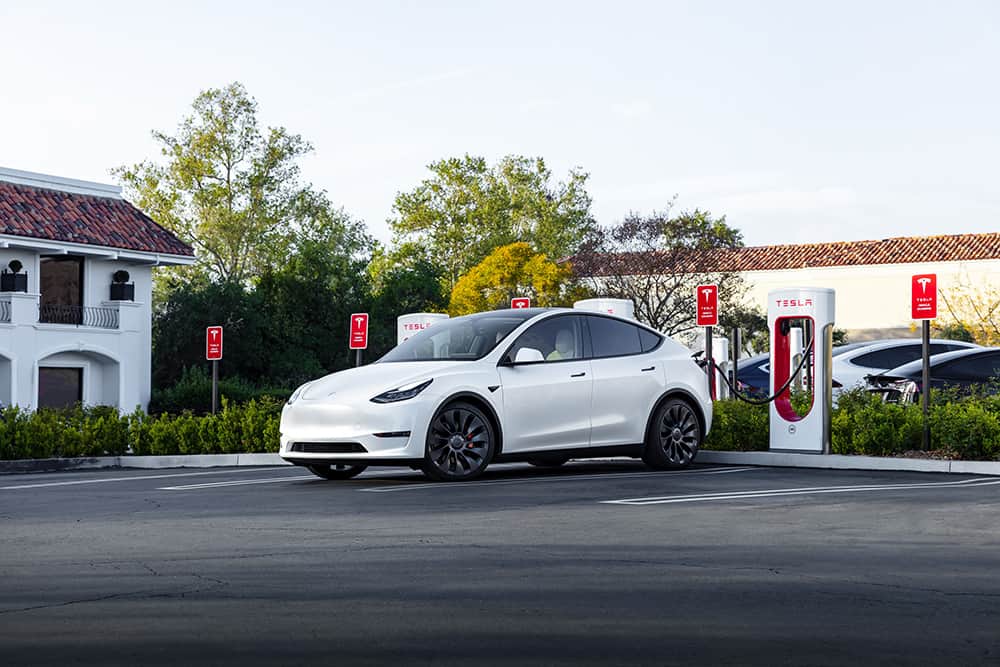
The least reliable DC fast chargers are run by Electrify America (538 out of 1,000), and Blink (535 out of 1,000) has the worst ratings for Level 2 chargers. The Tesla Supercharger network received a rating of 745 out of 1,000, but when Tesla drivers have to use CCS chargers outside of the Tesla network, they rank the stations at 550 out of 1,000.
Tesla recently announced partnerships with several automakers, and many will begin adding NACS charging ports in their 2025 models. Tesla is also opening its Supercharger stations to other EVs. Hopefully, these changes make charging more reliable.
ADVERTISEMENT

SOURCE | FEATURE IMAGE: CNET | ELECTRIFY AMERICA
FTC: We use income-earning auto affiliate links. Learn more.


